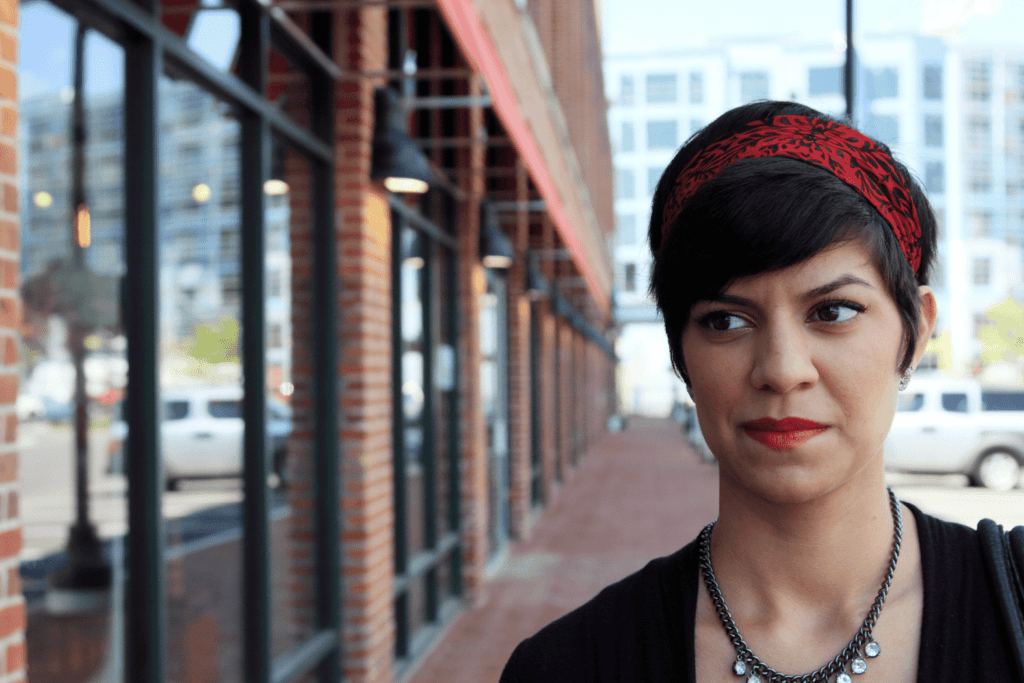Surfacing the Wisdom in “No”

You can probably think of a time when you were in a group that was making a decision, and you got the sense that things were heading rapidly in the wrong direction. Whatever the reason, you might have ended up in groupthink: when everyone gets swept along with an idea, and careful questioning and thinking about implications doesn’t happen. In these moments, it can help to spend some time looking for the wisdom in divergent perspectives.
We care so much it’s hurting us

Mission driven organizations have this very difficult dilemma. People feel like they need to do it all, because there is so much need, and they care so much, but then they are facing high burnout and losing people, which makes it impossible to do the work. As much as we wish we could do it all, when we set boundaries (taking care of ourselves) we become better able to take care of the people and communities we are trying to serve.
When the threat (is not really) coming from inside the house

Fight energy in our nervous system can be a very powerful support to help us deal with crisis or ongoing threat. But fight energy has a strong pull. It takes some careful balancing and strategy to direct the fight energy in the right direction, so that we can fight the threat in community, not against community.
The Monsters in the Curtain

Systems came out of the imaginations of people and are created through millions of everyday actions of people (including everyone reading this blog), and that means it is possible to imagine other realities into being. This is not the way things have to be. Humans have imagined and then created all sorts of different systems, and that can continue, but only if we don’t fall into the trap of thinking the way things are is the only way.
Dialogue for Equity: Orienting to a Distant Star

We can build the skills to have the kinds of uncomfortable conversations that allow us to bring principles of equity and justice into practice. It is about being open to learning, and building the capacity and necessary container for honesty. We can stretch ourselves to beaAble to sit with discomfort, set boundaries, and hold each other accountable.
Leadership Behaviours For Regenerative Power

Power is not in and of itself a bad thing. However, in social change spheres we tend to notice how power causes harm and reinforces injustice and inequality.
Check out this framework for shifting leadership power away from the dominant ways that power shows up in the workplace, to a set of behaviours and mindsets that are more regenerative and restorative.
How I Discovered The Simplest Thing That Is Making A Big Difference

Orienting to joy and pleasure is a core part of the work to support change, work together better, and feel better while doing it. Not as an add-on or a distraction, but as an absolutely essential source of capacity and connection.
Psychological Safety, Two Ways

Psychological safety is very important but figuring out how to create it can feel like a big and confusing topic. This blog post offers an explanation and comparison of two frameworks for assessing and measuring psychological safety in the workplace to help you figure out the best approach for your context.
This is Your Brain on Work Relationships

People need a sense of belonging and purpose, and we thrive through connection and mutual trust, but our workplaces are not set up to encourage trust-based relationships. We can change those workplace structures and cultures by integrating greater practices of trust into our work.
High Conflict vs. Generative Conflict

Conflict does not have to be as bad as it often feels. Conflict is a source of energy for change, and it always has the potential to lead to new possibilities and deeper relationships. But for this to happen, we need to build the skills and determination to avoid the lure of high conflict whenever possible.
This is what is meant by the idea of generative conflict.
